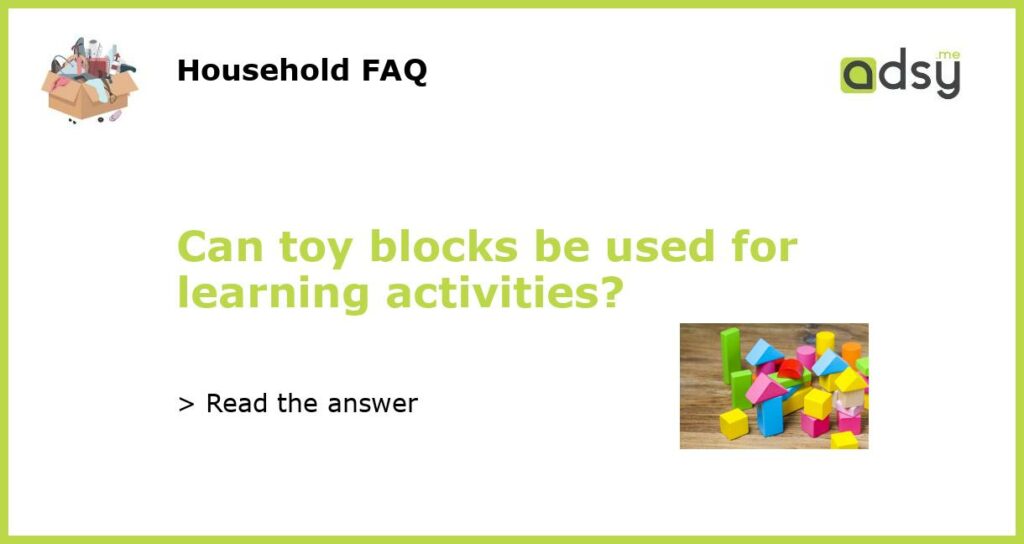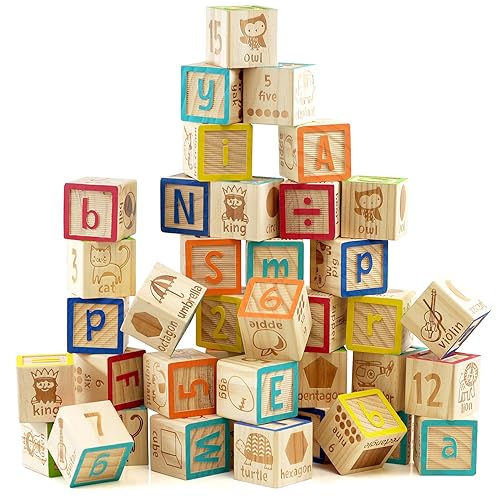Toy Blocks: More Than Just a Fun Activity
Toy blocks have been a staple in children’s playrooms for generations. These colorful and versatile building materials have long been recognized for their entertainment value, but they have much more to offer than just fun and games. In fact, toy blocks can be used for a variety of learning activities that can promote cognitive, physical, and social development in children. Whether it’s counting, problem-solving, or creativity, toy blocks have the potential to unlock a world of educational opportunities.
Counting and Math Skills
One of the most obvious ways toy blocks can be used for learning activities is by helping children develop their counting and math skills. By stacking and arranging blocks, children can learn to count, add, subtract, and even multiply. The tactile nature of toy blocks makes these concepts more tangible and easier to understand. Additionally, manipulating and organizing blocks can help children understand basic geometric concepts such as shapes, sizes, and symmetry.
Problem-Solving and Spatial Reasoning
Toy blocks also provide an excellent opportunity for children to develop problem-solving and spatial reasoning skills. When children engage in building activities with blocks, they have to think critically and plan ahead. They need to figure out how to balance blocks, create stable structures, and solve any problems that arise along the way. This type of mental engagement strengthens their problem-solving abilities and helps them develop spatial reasoning skills, which are crucial for understanding and navigating the physical world.
Creativity and Imagination
Another benefit of toy blocks is their ability to foster creativity and imagination in children. With blocks, children have the freedom to build whatever they can imagine. They can construct houses, towers, bridges, cities, and even whole imaginary worlds. This type of open-ended play encourages children to think creatively and outside the box. It also helps them develop their storytelling skills, as they create narratives and scenarios for their block creations.
Language and Communication
Toy blocks can also be used to enhance language and communication skills in children. When children engage in collaborative block play, they need to communicate and work together to achieve their building goals. This type of cooperative play encourages them to express their ideas, listen to others, and engage in meaningful conversations. Additionally, engaging in pretend play with blocks can provide opportunities for children to practice and expand their vocabulary as they assign names and roles to their block creations.
Social and Emotional Development
Last but not least, toy blocks can support children’s social and emotional development. Playing with blocks in a group setting fosters cooperation, teamwork, and sharing. It teaches children about taking turns, respecting others’ ideas, and resolving conflicts. This type of social interaction helps children develop important social skills and empathy. Additionally, building with blocks can be an outlet for self-expression and a way for children to channel and regulate their emotions in a safe and constructive manner.
In conclusion, toy blocks are much more than just a fun activity. They offer a wide range of learning opportunities for children. From developing math and problem-solving skills to fostering creativity and imagination, toy blocks are a versatile tool for educational activities. So the next time you see a child playing with blocks, remember that they are not just having fun—they are engaging in valuable learning experiences.






